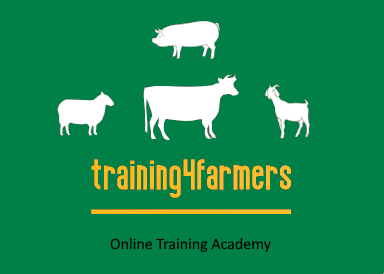SOW DEWORMING AND VACCINATIONS DURING PREGNANCY
Can I, should I, must I ?
This question comes up weekly in all the pig farming groups and 95% of the responses are incorrect….. THE ANSWER IS - YOU MUST !
WHY VACCINATE DURING PREGNANCY?
Piglets are born with an undeveloped immune system and need to get passive immunity, through the colostrum, from the sow. The piglet’s own immune system is only fully operational at around 10 weeks of age.
The reason why weaned piglets get sick:
For the sow to produce the maximum amount of antibodies she needs to get 2 vaccinations 4 weeks apart. The initial primary vaccination gives a slow and low response, in antibody production, and the immunity cover is of short duration.
A BOOSTER vaccination is given 4 weeks later which gives a much quicker, higher antibody production and longer-lasting response.
The booster needs to be done 2 weeks prior to farrowing for maximum antibody production that can be made available to piglets through colostrum.
Immune response to vaccination.
WHY DEWORM DURING PREGNANCY?
CONCERNS ABOUT DEWORMING PREGNANT SOWS/GILTS ARE UNFOUNDED
IVOMEC (1%) injectable (Ivermectin = active ingredient) give a 28 day cover against internal (like worms) and external (like mange) parasites.
Deworming 7days before farrowing kills worms and mange ON THE SOW and stops the piglets from getting the parasites from the sow.
IVOMEC kills worms from egg stage to adults - but is not immediate - hence the 7 day period before farrowing.
Mange mites can not live off the pig for more than 21 days and therefore the piglets are covered from picking up worms and mange from the sow.
Recommended Treatment Program for Parasite control
(Manufacturers recommendations)
Swine: At the time of initiating any parasite control program, it is important to treat all breeding animals in the herd. After the initial treatment, use Ivermectin Injection regularly as follows:
BREEDING ANIMALS
Sows: Treat prior to farrowing, preferably 7-14 days before, to minimize infection of piglets.
Gilts: Treat 7-14 days prior to breeding.
Treat 7-14 days prior to farrowing.
Boars: Frequency and need for treatments are dependent upon exposure. Treat at least two times a year.
Feeder Pigs
(weaners/growers/finishers)
All weaner/feeder pigs should be treated before placement in clean quarters.
Pigs exposed to contaminated soil or pasture may need retreatment if reinfection occurs.
NOTE:
(1) Ivermectin Injection has a persistent drug level sufficient to control mite infestations throughout the egg to the adult life cycle.
However, since the ivermectin effect is not immediate, care must be taken to prevent re-infestation from exposure to untreated animals or contaminated facilities.
Generally, pigs should not be moved to clean quarters or exposed to un-infested pigs for approximately one week after treatment.
Sows should be treated at least one week before farrowing to minimize the transfer of mites to new-born baby pigs.
(2) Louse eggs are unaffected by Ivermectin Injection and may require up to three weeks to hatch. Louse infestations developing from hatching eggs may require retreatment.
(3) Consult a veterinarian for aid in the diagnosis and control of internal and external parasites of swine.
Deworming Medications



